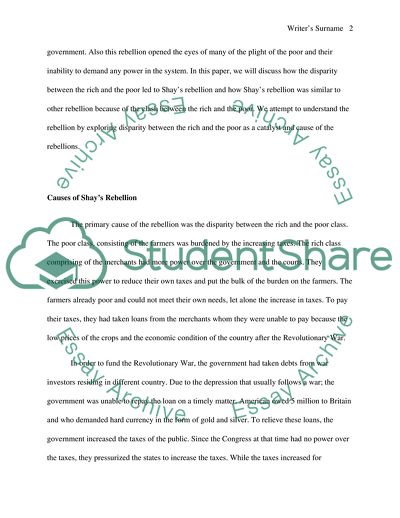Cite this document
(Post Revolutionary War Rebellions Literature review Example | Topics and Well Written Essays - 1500 words, n.d.)
Post Revolutionary War Rebellions Literature review Example | Topics and Well Written Essays - 1500 words. https://studentshare.org/history/1754373-post-revolutionary-war-rebellions
Post Revolutionary War Rebellions Literature review Example | Topics and Well Written Essays - 1500 words. https://studentshare.org/history/1754373-post-revolutionary-war-rebellions
(Post Revolutionary War Rebellions Literature Review Example | Topics and Well Written Essays - 1500 Words)
Post Revolutionary War Rebellions Literature Review Example | Topics and Well Written Essays - 1500 Words. https://studentshare.org/history/1754373-post-revolutionary-war-rebellions.
Post Revolutionary War Rebellions Literature Review Example | Topics and Well Written Essays - 1500 Words. https://studentshare.org/history/1754373-post-revolutionary-war-rebellions.
“Post Revolutionary War Rebellions Literature Review Example | Topics and Well Written Essays - 1500 Words”. https://studentshare.org/history/1754373-post-revolutionary-war-rebellions.


